Jennifer Baltzer holds the Canada Research Chair in Forests and Global Change at Wilfrid Laurier University in Waterloo, Ontario, Canada. She conducts research at field sites throughout the Northwest Territories and is PI of the Scotty Creek FDP, a plot that she established to bring boreal representation to the ForestGEO network. Jenn is committed to mentoring young ecologists both in her lab and in the field. She also collaborates with Indigenous communities to share knowledge through on-the-land camps.
When did you realize you wanted to be a scientist/work in forest ecology? How did you decide to go down this career path?
I grew up in Nova Scotia exploring the forests behind my family home and the tidal flats of the Bay of Fundy, so I think I have always been an ecologist at heart. During high school, I had the opportunity to help with scallop aquaculture field research, which solidified my certainty of a future in science. My next step was a biology degree at Acadia University where I was welcomed into a wonderful plant ecology lab during my first year; I spent the remainder of my degree conducting research on the population dynamics of sea lavender, a salt marsh plant that is harvested quite heavily for floral arrangements. It was this mentorship that took me down the plant ecology path. Forests became my focus during my PhD where I studied habitat associations in tropical trees in the truly spectacular forests of Borneo.
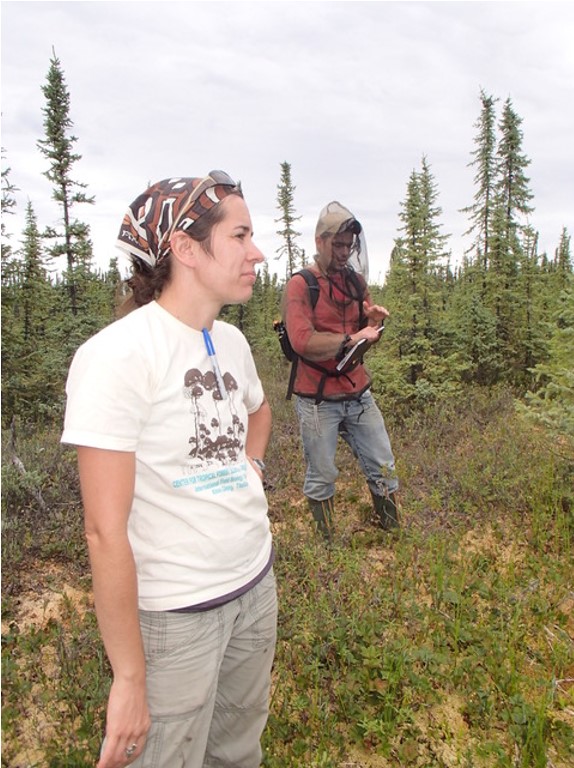
What led you down the path to your current job? What has been your biggest challenge in getting to this point in your career?
This goes back to the wonderful mentorship of my undergraduate supervisor. I was certain that I wanted to fill a similar mentorship role for young ecologists, so I accepted a position at a small, primarily undergraduate university in New Brunswick. This took me back to the Maritimes in Canada where I established a research program on the endangered Acadian forests that once covered that area. Shortly thereafter, I was offered a Canada Research Chair position at Wilfrid Laurier University (Laurier), which has allowed me to expand my research program and train many more young scientists. Laurier has a strong partnership with the Government of the Northwest Territories (a large Territory in Canada’s far north), and I was encouraged to expand my research program even further north into Canada’s subarctic to support this partnership. It is here that my current research now focuses almost entirely. My biggest challenge has certainly been juggling work and life. I had two children in the first three years of my first faculty position; juggling the demands of a young family while trying to launch a research program and teach for the first time was a real challenge.
What is the most interesting or unique aspect of your site?
The forests I work in grow on permafrost soils that consist almost entirely of organic material (i.e., peat soils made of partially decomposed mosses)! The organic soils underlying the plot are frozen year-round (i.e., organic cryosols); only the top half meter or so thaws out seasonally, this is called the active layer and is where all of the biological action takes place. This thin, cold layer of seasonally thawed soil supports the sparse spruce-lichen woodlands that characterize the site.
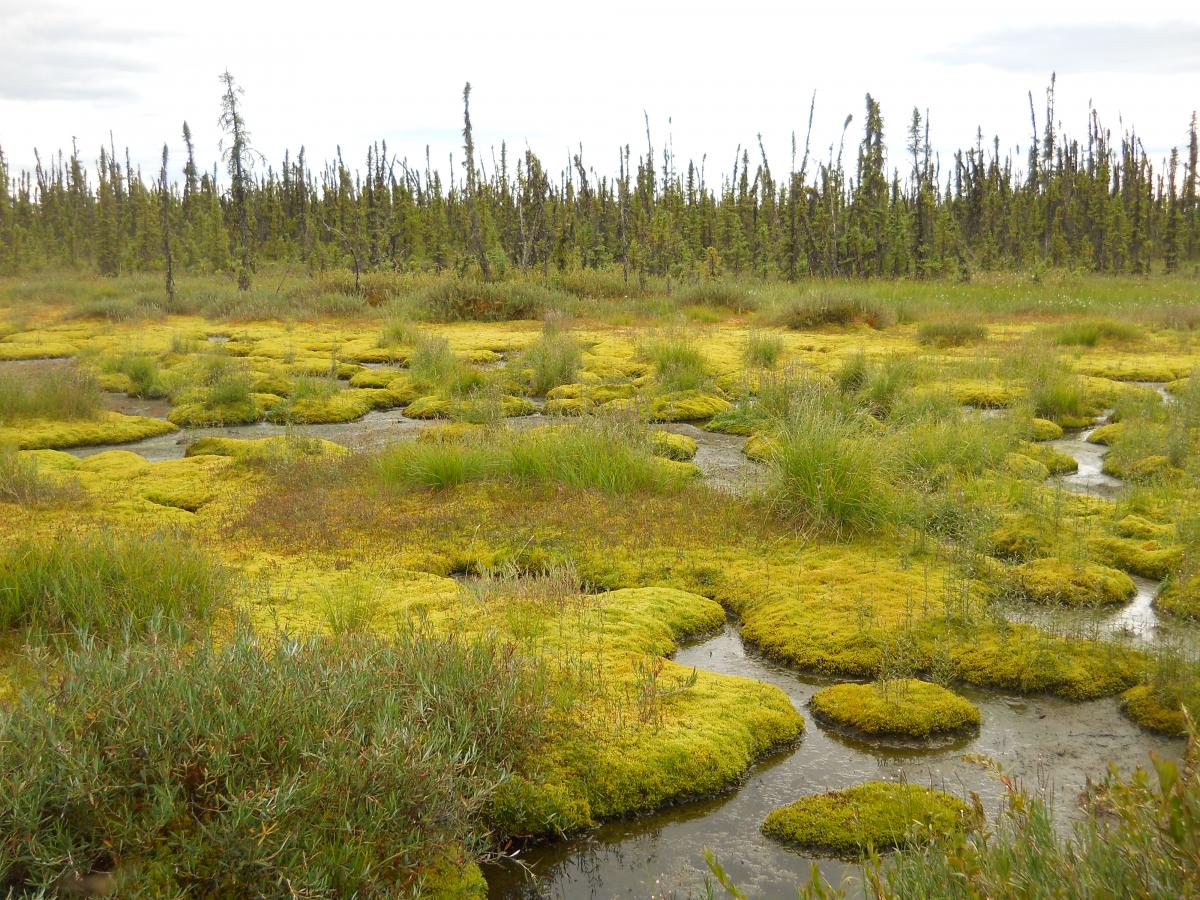
What questions are you currently addressing in your research/site?
Scotty Creek is at the southern margin of the permafrost, and these parts of the world are warming 3-4x faster than the rest of the planet. This means that permafrost is thawing rapidly with profound consequences for the structure and function of northern boreal peatlands; at Scotty Creek and other boreal peatlands, spruce forests are lost, and permafrost-free wetlands expand when permafrost thaws. Our main focus is to better understand forest dynamic responses to thaw with a view to anticipating how this system will function post-thaw.
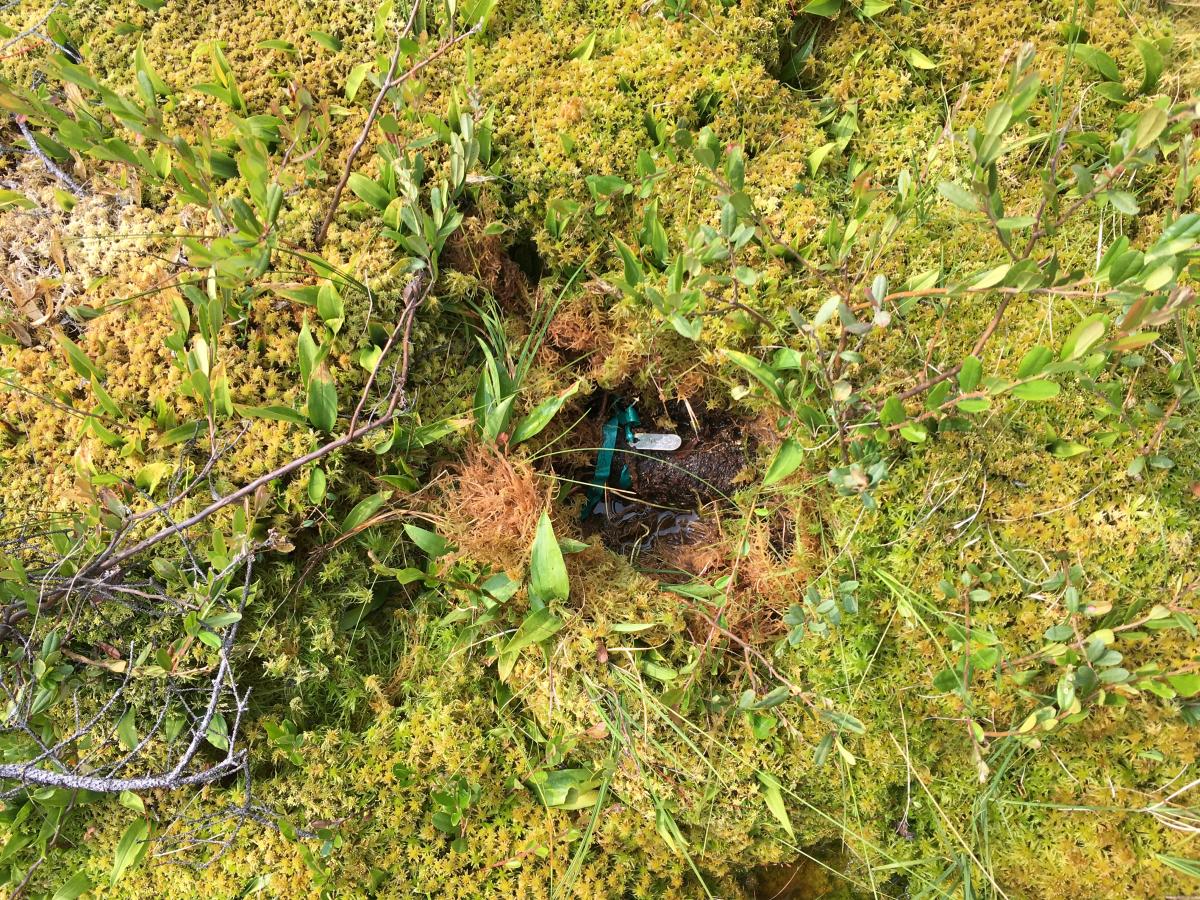
What kind of capacity building opportunities does your site provide for students, early-career researchers, and the local community?
Our field teams are all made up of students ranging from undergraduate through to PhD and early career researchers so there is plenty of opportunity for scientific training through the work that is carried out at Scotty Creek. The site is incredibly remote (floatplane access), so the teams are small and typically work together. This means that everyone gains a wide range of field and technical skills by contributing to different projects. This site, and all of the sites I work at in the Northwest Territories, are on Indigenous lands. An important component of my research program is sharing knowledge with Indigenous communities on whose lands we conduct our research. One important way that we do this is through on-the-land camps where researchers come together with Indigenous Elders and youth to share knowledge, both scientific and local or traditional knowledge. The goals of these camps are to engage Indigenous youth in science and support the development of community-based monitoring programs.
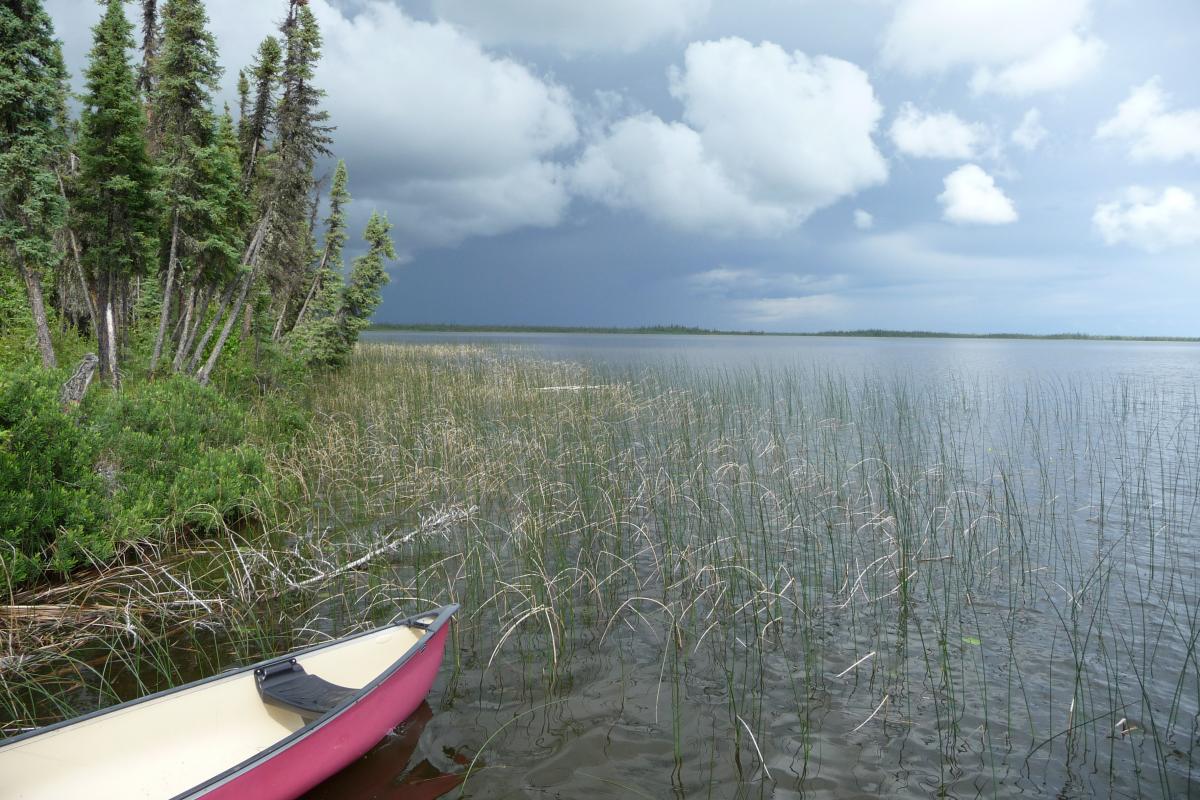
What is your favorite part about your work?
Hands-down, my favorite part of my work is spending time in the field. The Scotty Creek plot is but one component of my research program; I have the opportunity of working at sites all over the Northwest Territories where we tackle questions about permafrost thaw, wildfire, and biome shifts. I feel incredibly fortunate to have the opportunity to explore and learn about these amazing forests.
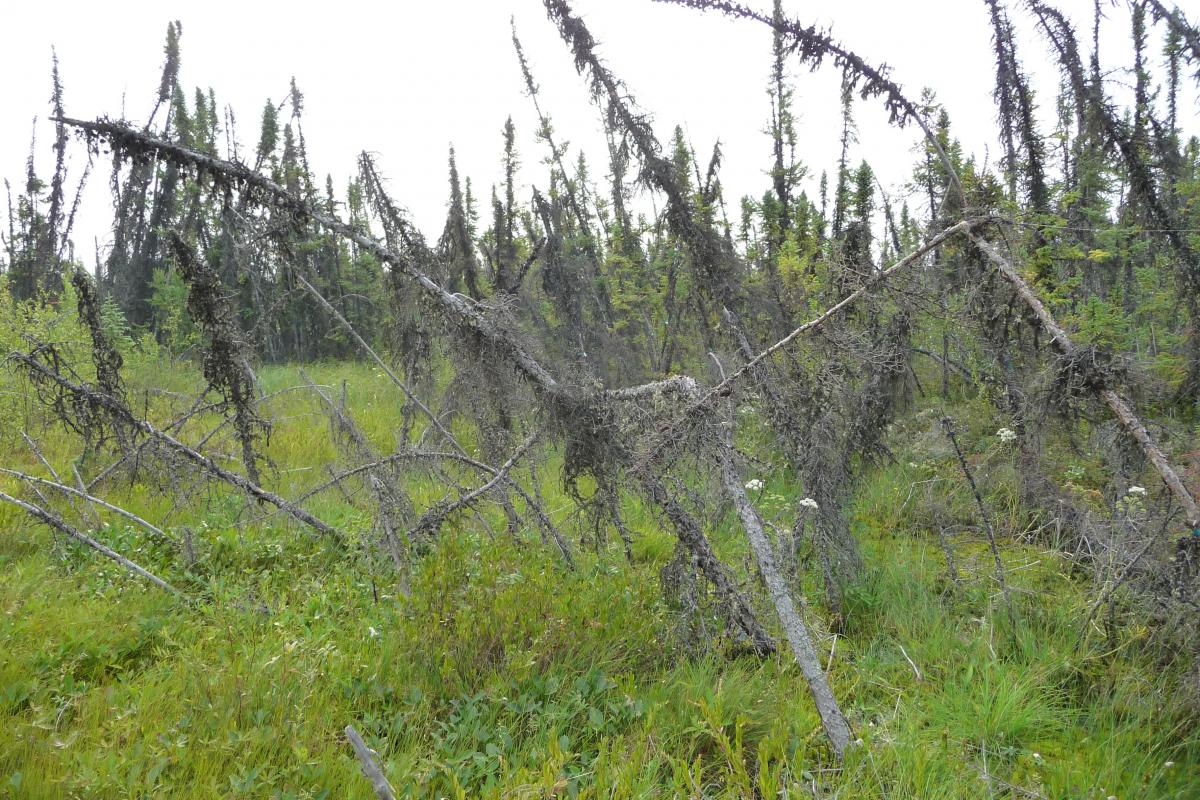
What do you like to do when you’re not studying forest dynamics?
I love endurance sports: running, swimming, and skiing, depending on the season. I have played the piano since I was very young and still play regularly for enjoyment. Finally, I love to garden and cook with my homegrown produce. I am lucky to have a huge vegetable garden that helps to keep me busy in the summer when not in the field and helps feed our family during the winter.
Web Presence: University Website | Lab Website | Twitter
Recent Publications:
Dearborn, KD, Wallace, CA, Patankar, R, Baltzer, JL. 2021. Permafrost thaw in boreal peatlands is rapidly altering forest community composition. Journal of Ecology, DOI: 10.1111/1365-2745.13569
Sniderhan, AE, Mamet, SD, Baltzer, JL. 2021. Non-uniform growth dynamics of a dominant boreal tree species Picea mariana in the face of rapid climate change. Canadian Journal of Forest Research, DOI: 10.1139/cjfr-2020-0188
Day, NJ, White, A, Johnstone, JF, Degré-Timmons, GD, Cumming, SR, Mack, MC, Turetsky, MR, Walker, XJ, Baltzer, JL. 2020. Environmental conditions and fire characteristics shape plant communities via regeneration strategy. Ecography, 43 (10): 1464-1474. DOI: 10.1111/ecog.05211
Wallace, CA and Baltzer, JL. 2019. Tall shrubs mediate abiotic conditions and plant communities at the treeline-arctic tundra ecotone. Ecosystems, DOI: 10.1007/s10021-019-00435-0
Walker, XJ, BaltzerJL, Cumming SG, Day NJ, Goetz S, Johnstone JF, Potter S, Rogers BM, Schuur EAG, Turetsky MR, Mack, MC. 2019. Increasing wildfires threaten historic carbon sink of boreal forest soils. Nature, 572: 520-523. DOI: 10.1038/s41586-019-1474-y
Baltzer, JL, Veness, T, Sniderhan, AE, Chasmer, LE, and Quinton, WL. 2014. Forests on thawing permafrost: fragmentation, edge effects, and net forest loss. Global Change Biology, 20 (3): 824-834. DOI: 10.1111/gcb.12349
